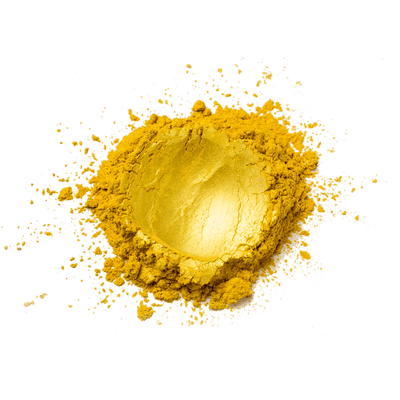Pigmentos nacarados-Pigmento efecto
Los pigmentos nacarados son un tipo de pigmento de efecto óptico que puede emitir un brillo metálico, Es por eso que también se les conoce como pigmentos no metálicos con brillo metálico. Tienen el efecto brillante de los pigmentos metálicos, pero también puede producir el color suave de las perlas naturales. Cuando se expone a la luz solar, Pueden reflejar múltiples capas de luz, haciendo que los reflejos interactúen entre sí y creen un suave, Brillo y color deslumbrantes o coloridos.
Pueden ser ampliamente utilizados en Capa, Plásticos, caucho, Tintas, papel, textiles, Cosméticos, Decoraciones, artesanía, cuero, esmalte, cerámica, Materiales de embalaje, Decoración de impresión, y materiales de construcción, entre otros muchos campos. Los pigmentos nacarados son los colorantes más importantes en el tratamiento facial., labio, ojo, y productos de maquillaje de uñas. El uso de pigmentos nacarados se ha expandido desde los cosméticos de color clásicos hasta los productos de cuidado personal, incluyendo productos para el cuidado de la piel y el cabello, proporcionando un efecto estético único.

Los pigmentos nacarados están formados por materiales con un índice de refracción más alto, que actúan como filtros de interferencia en un entorno de bajo índice de refracción. Estos filtros dividen la luz incidente que llega a la interfaz de diferentes materiales de índice de refracción en un cierto ángulo apropiado en partes de luz reflejada y transmitida con colores complementarios (Otros ángulos de incidencia también pueden ser absorbidos y reflejados). Este efecto es el mismo que el de los fenómenos que observamos en nuestra vida diaria, como pompas de jabón, Aceite derramado, y el color de las perlas.
Los pigmentos nacarados son un sistema de capas que consta de un sustrato y una capa de recubrimiento. El sustrato es generalmente mica natural, sílice, o papel de aluminio, mientras que la capa de recubrimiento es de dióxido de titanio u óxido de hierro, o CI 77510 (Pigmento Azul 27, ferrocianuro férrico), o carmín, etc. El sustrato debe ser laminado, flexible, y tienen una superficie relativamente lisa. El espesor y el índice de refracción de los óxidos metálicos determinan el efecto de interferencia.
 Pigmento intenso
Pigmento intenso
